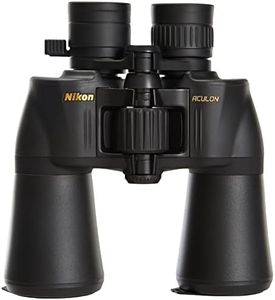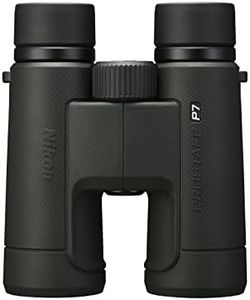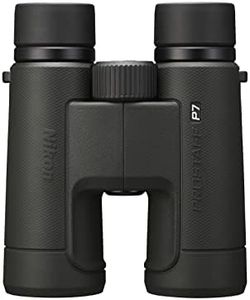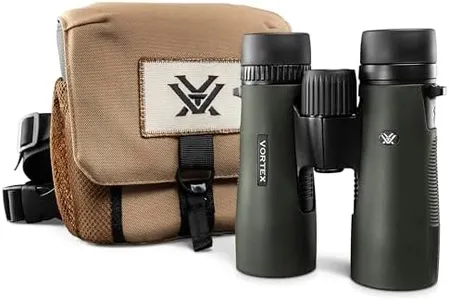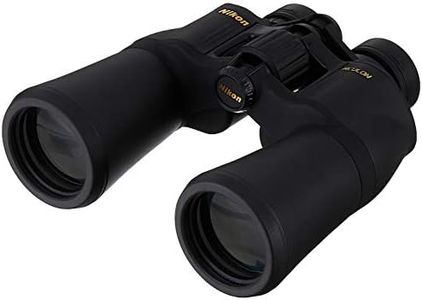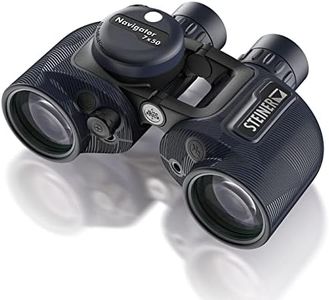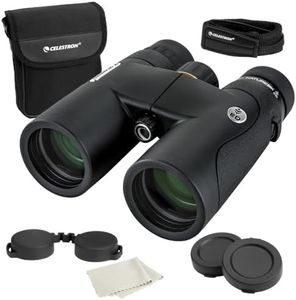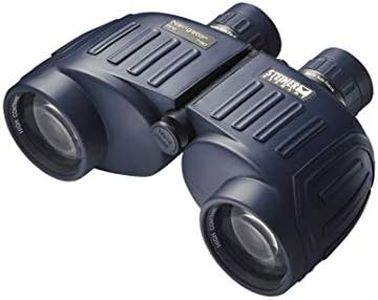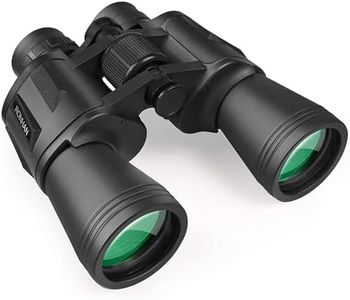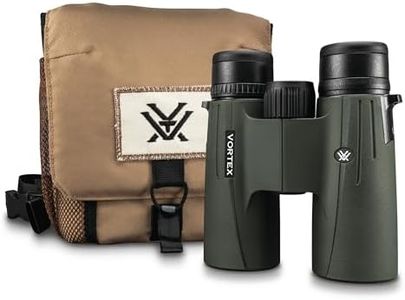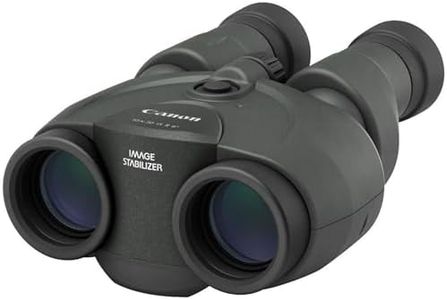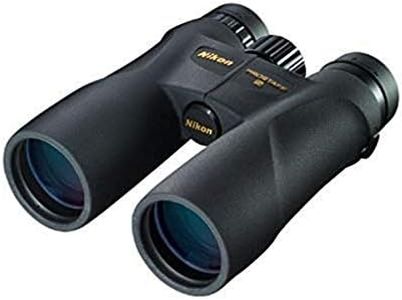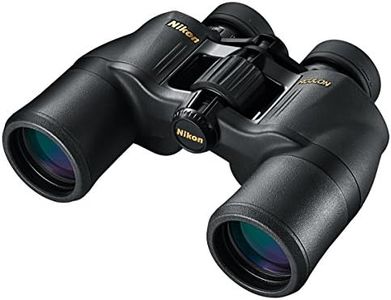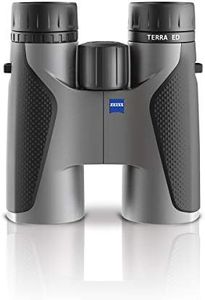We Use CookiesWe use cookies to enhance the security, performance,
functionality and for analytical and promotional activities. By continuing to browse this site you
are agreeing to our privacy policy
10 Best Safari Binoculars
From leading brands and best sellers available on the web.Buying Guide for the Best Safari Binoculars
When choosing safari binoculars, it's important to consider how you'll use them in the outdoors for wildlife viewing. Safaris often mean long periods watching animals from a distance, sometimes from a moving vehicle, and dealing with different lighting conditions. The right binoculars will help you see more detail and enjoy your experience without straining your eyes or carrying something too heavy. Understanding the main features will help you focus on what really matters for your needs.Magnification and Objective Lens DiameterThis combination is usually written as two numbers, such as 8x42. The first number is magnification, which tells you how many times closer an object appears compared to the naked eye. The second is the diameter of the front lens in millimeters, which influences how much light the binoculars gather. Magnification between 8x and 10x is ideal for safari because it provides a good balance between detail and a stable image – higher magnification can make images shaky and more difficult to track animals. Objective lens diameters like 32mm or 42mm offer better brightness, especially in early morning or late afternoon, but larger lenses mean heavier binoculars. Choose magnification and lens size based on how steady your hands are, how much detail you want, and how much weight you’re willing to carry.
Field of ViewField of view describes how wide an area you can see through the binoculars at a given distance, often measured in feet at 1,000 yards or in degrees. A wider field of view makes it easier to spot moving wildlife and track them across the landscape, which is especially useful on safari. Binoculars with higher magnification tend to have a narrower field of view. If you’re mostly looking at animals on the move or want to easily find subjects, prioritize a wider field of view.
Weight and SizeThe size and weight of binoculars affect how comfortable they are to carry around your neck or in your bag for long days. Compact binoculars are lightweight and portable but might not be as bright, especially in low light, while larger models can be tiring to hold. Consider how long you’ll be using them at a time and how much gear you’ll already be carrying. Choose a size and weight that you won’t mind bringing with you all day.
Optical Quality and CoatingsOptical quality relates to the clarity, brightness, and true color the lenses provide. Good binoculars have special coatings on the lenses to reduce glare and improve brightness and sharpness. While technical terms like ‘fully multi-coated’ might sound confusing, just remember that better coatings generally mean a clearer and brighter image, especially in challenging lighting. If you anticipate dawn or dusk viewing or want to appreciate animal colors accurately, look for high-quality optics.
Water and Dust ResistanceOn safari, you’ll encounter dust, dirt, and sometimes rain. Binoculars rated as water-resistant or waterproof protect the internal lenses from moisture and dust, keeping the view clear and extending their lifespan. This is particularly important if you’ll be around water sources or expect sudden weather changes. For most safari-goers, a waterproof and fog-proof option is a smart choice.
Eye ReliefEye relief measures the distance you can hold the binoculars from your eyes and still see the full image. It's especially important for people who wear glasses. Longer eye relief, usually above 15mm, allows comfortable viewing without removing your glasses. If you use eyeglasses or sunglasses, look for binoculars with adjustable or longer eye relief to avoid losing field of view.
